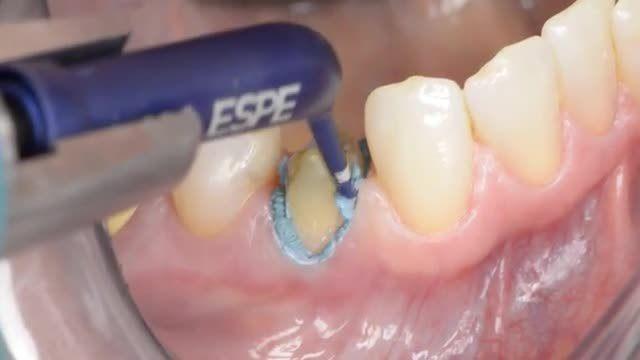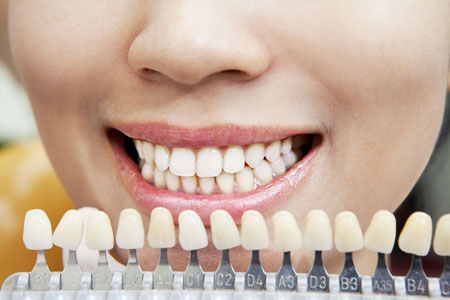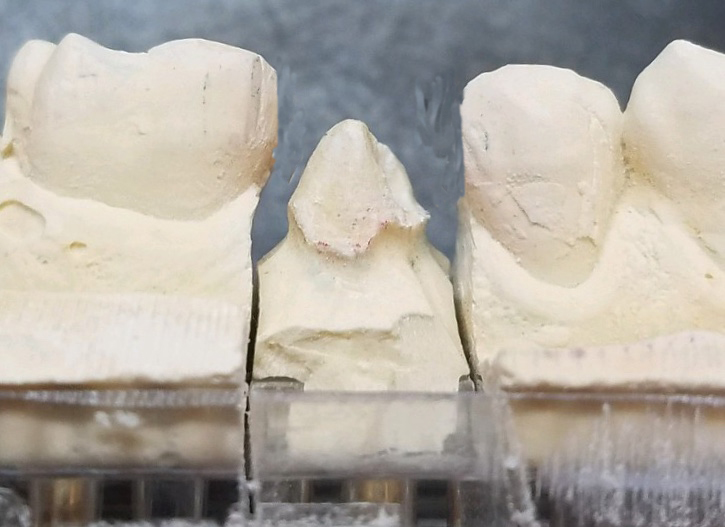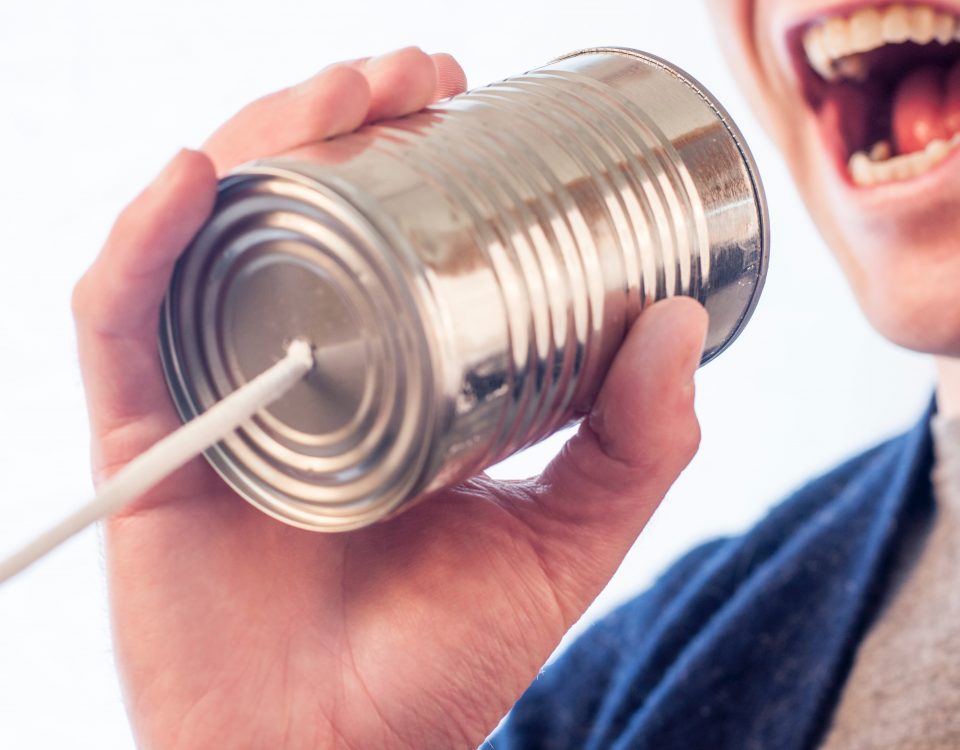- How can we help?
- +1 800-320-0230
- 225-927-8917
- info@bayoustatelab.com
Impress and Retract for Success

Digital Dentistry Open House Prime
March 1, 2019LDA Last Chance Seminar
December 11, 2019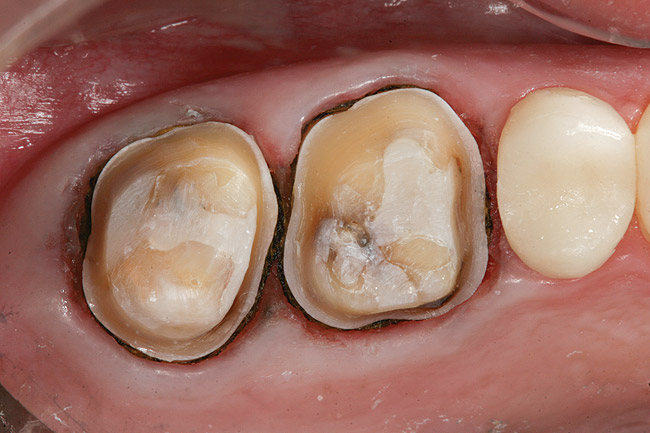
Whether taking traditional or digital impressions, controlling bleeding and exposing subgingival margins are a must. In the dental lab we work a lot of magic to make things happen but making a restoration off an impression where there is no margin is something we can’t do. So in this blog we will cover the 2 cord technique for optimal success for digital or traditional impressions.
The 2 cord impression method is used to capture impressions for full coverage crowns. Most commonly a 00 or a 1 cord is placed around each prep beginning on the lingual and placing around the interproximals to the buccal and then back around. The remaining cord can be cut and the ends can be placed into the lingual tissue. After that is completed a 1 or 2 cord is placed on top of your 00 or 1 using the same technique as before. If bleeding is an issue you can dip the cord in a hemostatic solution. If you do this you must be sure to dry the cord. So your now ready to take the impression. Remove the 1 or 2 cord out of the tissue. For best removal you can use an explorer. Remove the cord from the buccal of each prep and look to see how much retraction was achieved. For the impression, you should impress the entire margin and about .5mm of the tooth or root apical to the margin. If the tissue collapses you can use a small piece of a larger diameter cord like the 2 to place into the tissue to get additional retraction. The purpose of retracting is to make a ditch for light body impression material to flow. For the most accurate result take a light body material and inject around the prep margin area and the occlusal surface. After that is completed, using a heavy body impression material place the tray in the patients mouth for the recommended time.
If packing cord is not your thing then a retraction paste like 3M ESPE astringent retraction capsules will also work. This particular retraction paste also has hemostasis to help control bleeding. Excess blood and non-retracted tissue around the margin is a one of the biggest reasons I see remakes in our laboratory. This is more true with digital impression. With traditional impressions and stone dies there is a lot of magic we can work but with digital the scan capture is all we get and that’s it. So if you have made the decision to invest in the technology then proper blood control and retraction should be part of your restorative process. If you have any questions regarding this subject or anything else please give us a call 800-320-0230


